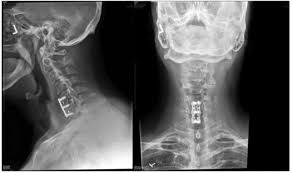-
For Appointment
+91 98351 33046/+918318876486 -
Online Video Consultation Available
Consultancy Fee - ₹500/-
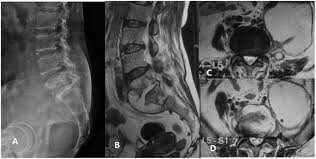
In spite of making rapid strides in healthcare in the last few decades, tuberculosis is still a very common problem in India, Bangladesh, Afghanistan, Pakistan as well as Africa. A bug called Mycobacterium tuberculosis causes TB. Bone TB is the next most common site after lungs. Amongst bones, it is the spine (neck and back) that is the most common site of tuberculosis. Tuberculosis can strike anyone at any age and there may be no specific predisposing factor in most patients. Children and elderly; people with decreased immunity; family history or past history of tuberculosis and patients who have had contact with a known case of tuberculosis are some groups that are prone to developing tuberculosis. Tuberculosis can affect any part of the spine from the upper neck to the tailbone.
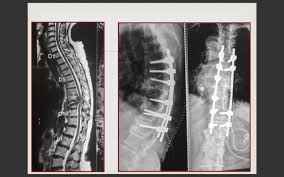
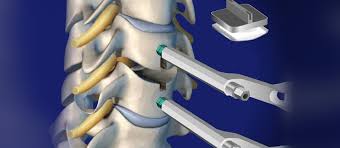
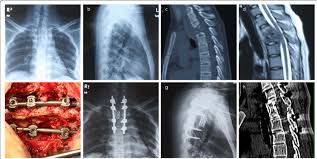
Patients with tuberculosis of any part of the spine may complain of pain localized to that area, fever (especially in the evenings), weight loss, loss of appetite and a generalized feeling of being unwell. Their pain may be especially worse at night or during rest. Tuberculosis of the spinal bones can easily spread to the spinal cord resulting in weakness and numbness of extremities, paralysis and alteration of urine and motion pattern. It is this proximity to the spinal cord that makes TB spine a problem that cannot be taken lightly.
The good news is that most cases of spinal tuberculosis can be completely cured just with standard anti tuberculosis medicines. Once a diagnosis of spine tuberculosis is confirmed, your doctor will start you on anti TB treatment (ATT) for 9-12 months. This will typically comprise of 4 drugs – Isoniazid, Rifampicin, Pyrazinamide and Ethambutol. More than 90% patients improve on ATT but a few patients may need Spine Surgery in addition to ATT.
